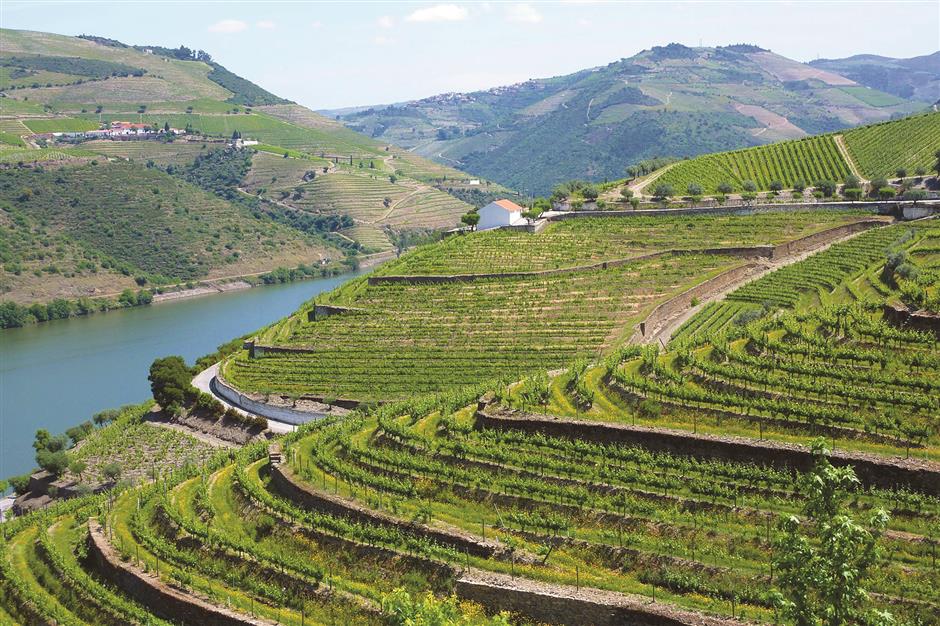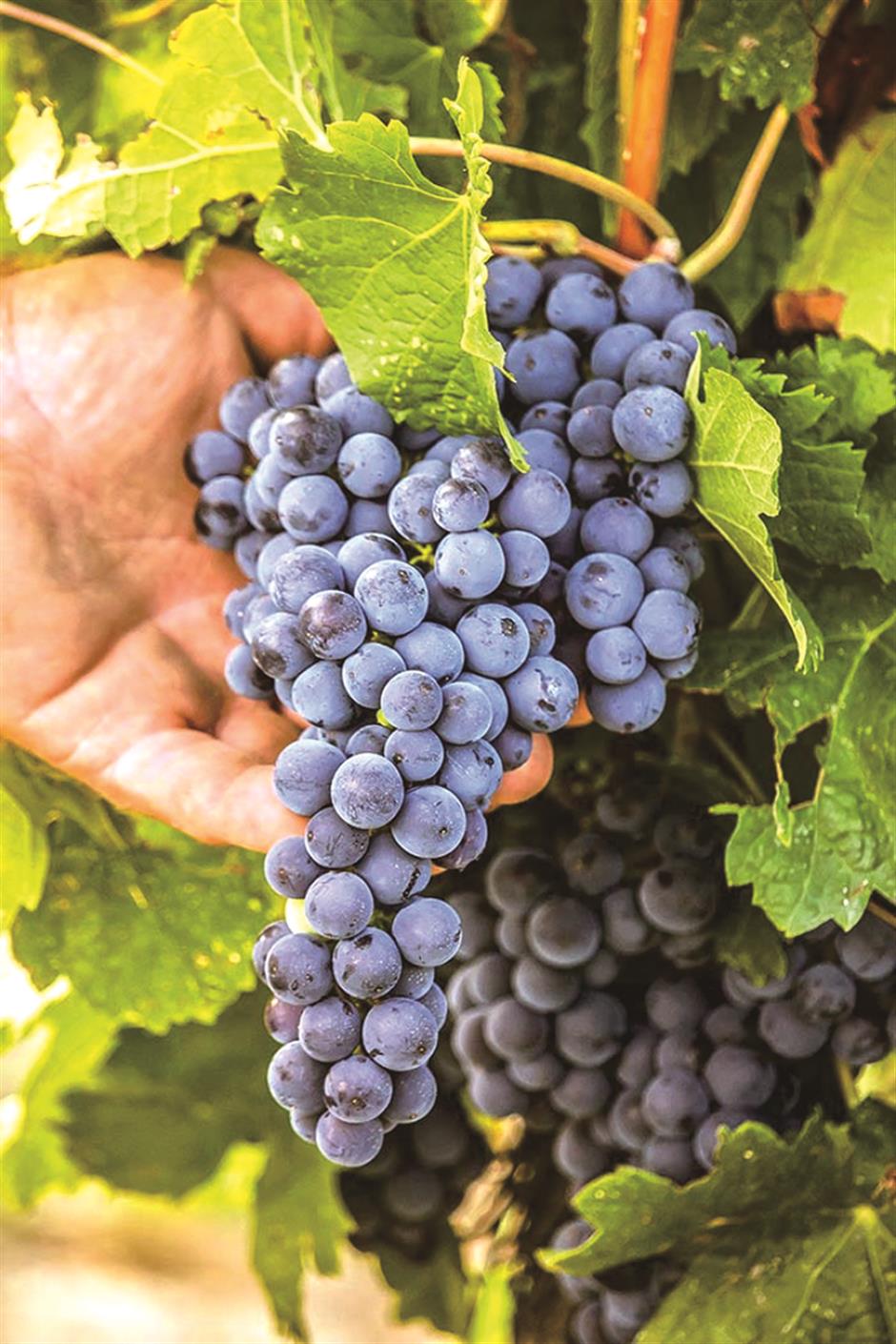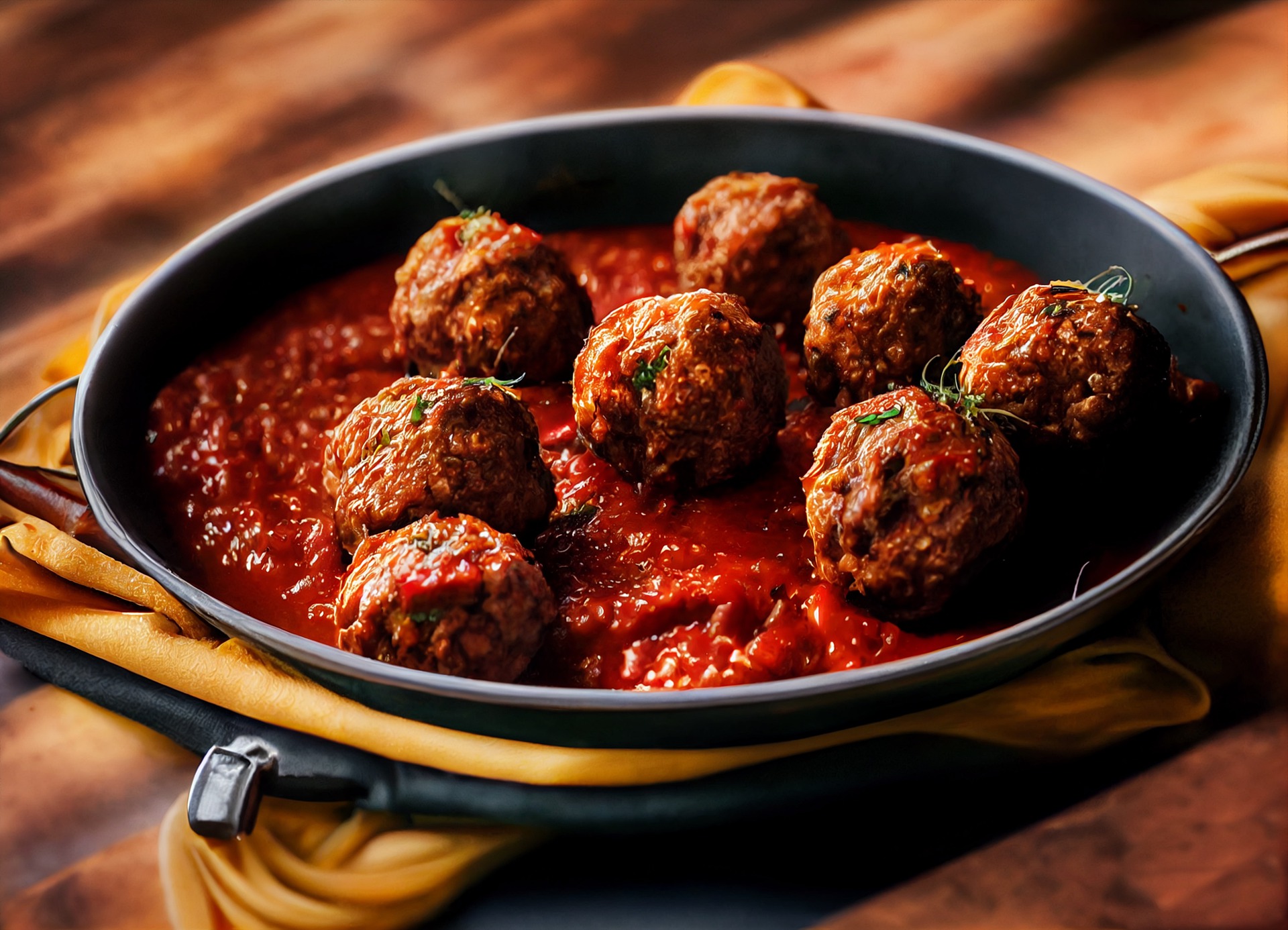Summary
Dairy products are both nourishing and delicious. Today’s iDEAL feature explores the yummy world of Chinese dairy products, especially those from Yunnan and Inner Mongolia. Although many of my Chinese friends may still favor traditional Chinese dairy products, a growing number are taking a liking to Western-style cheese.
This is especially true of the sophisticated youth of Shanghai who increasingly have international palates that can appreciate many styles of cheese. I suggest the growing number of local gourmets share their love of cheese with a glass or two of wine. Why? Because they are perfect partners.
Easy soft cheeses
The best cheeses for beginners are soft cheeses with mild flavors. Buffalo mozzarella is an excellent choice as it’s quite mild and has a pleasant, slightly snappy texture. Native to southern and central Italy, the earliest references to mozzarella date back to the 12th century. But my Italian food historian friends say mozzarella probably dates back hundreds of years earlier.
Today there are many ways to enjoy mozzarella. One classic is Insalata Carprese, an appetizer that combines the cheese with sliced tomatoes and fresh basil. Delicate in flavor and texture, the perfect wine companion for this dish is a fresh and dry Italian white from Friuli or Alto Adige in northern Italy. Pinot Grigio and Sauvignon Blanc whites from these regions feature a lovely combination of fruitiness and freshness that add subtle nutty flavor dimensions to the mozzarella cheese while emphasizing the natural sweetness of the ripe tomatoes. These dry whites also tend to bring out a pleasant note of spiciness in the fresh basil.
When served on a pizza with Parma ham, bacon or sausages, buffalo mozzarella is wonderful with a light-bodied basic Chianti red wine. Serve Chianti slightly chilled and the freshness of these reds will amp up the flavors of the pizza while the lively red fruit flavors embellish the savory meats. Basic Chianti level wines with their good acidity, light tannins and exuberant fruit are also nice with mozzarella and tomato pizzas which contain seafood.
Not all soft cheeses are mild. Similar in texture to mild flavored soft cheeses like mozzarella, Brie and Fontina but with greater flavor intensity is Camembert. First made by Normandy farmer Marie Harel in 1791, the best Camembert cheese still comes from Normandy and is made with unpasteurized milk. Those from pasteurized milk can still be quite tasty but are usually less complex and nuanced. Many red wines pair well with Camembert but Right Bank Merlot-centric Bordeaux reds with their soft tannins are particularly good as they bring out the delicate flavors and rich texture of Camembert. The subtle tannins in these wines also help digestion.
Flavorful hard cheeses and wine are one of the epicurean world’s most sublime experiences.
My two favorite hard cheeses are Parmesan and cheddar. But buyers beware, there are many imitations. When choosing Parmesan, one should look for the word Reggiano.
When you see Reggiano you know the cheese comes from the superior Parma, Reggio Emilia, Modena and Bologna production areas that are all in the region of Emilia-Romagna. These are unquestionably the most distinguished Parmesan cheeses in the world and are best enjoyed with a good Sangiovese from Romagna or Tuscany.
The innate freshness and smooth tannins of Sangiovese wines make the best Parmesan cheeses taste even better by highlighting their deep and complex flavors while mitigating the saltiness of the cheese.
Cheddar comes in many styles from mild to extra sharp. The best with wines is the later more flavorful version. Sharp cheddar cheese matches well with many types of red wines, especially the smooth and generous reserve-level Spanish Tempranillo from Rioja.
These Spanish red beauties act as the perfect foils for the sharp and stimulating flavors of the cheddar.
Seriously stinky
Many of my Shanghai friends who adore stinky tofu are repulsed by the pungent tastes and aromas of equally pungent blue cheeses.
I never really understood this as both are stinky and more importantly both pair nicely with wines. The best way to offset the somewhat fetid sensations of these foods is to drink a sweet wine.
This is a classic example of pairing opposites to create harmony as the sweetness and fruitiness of the wines balances the strong flavors of the stinky tofu or cheese.
Classic stinky cheese and wine combinations include the French combination of Roquefort cheese with noble rot Sauternes or Barsac wines.
The sweet wines of Sauternes and Barsac are among the greatest sweet wines in the world and perfect companions to the most pungent of French cheeses. If you wish to go British, then I suggest trying English Stilton with a sweet Pedro Ximenez or Moscatel Sherry or Port wine.
These English-influenced fortified wines are ideal companions to England’s greatest stinky cheese.
Both fortified wines feature the generous sweetness to assuage the stinky qualities of the Stilton and the strength to stand up to the intense flavors of the cheese. When Stilton meets a fine Sherry or Port, a perfectly delicious harmony is achieved. Some names to lookshopping here are Taylor’s and Graham’s for Port and Gonzalez Byass and Lustau for Sherry.





